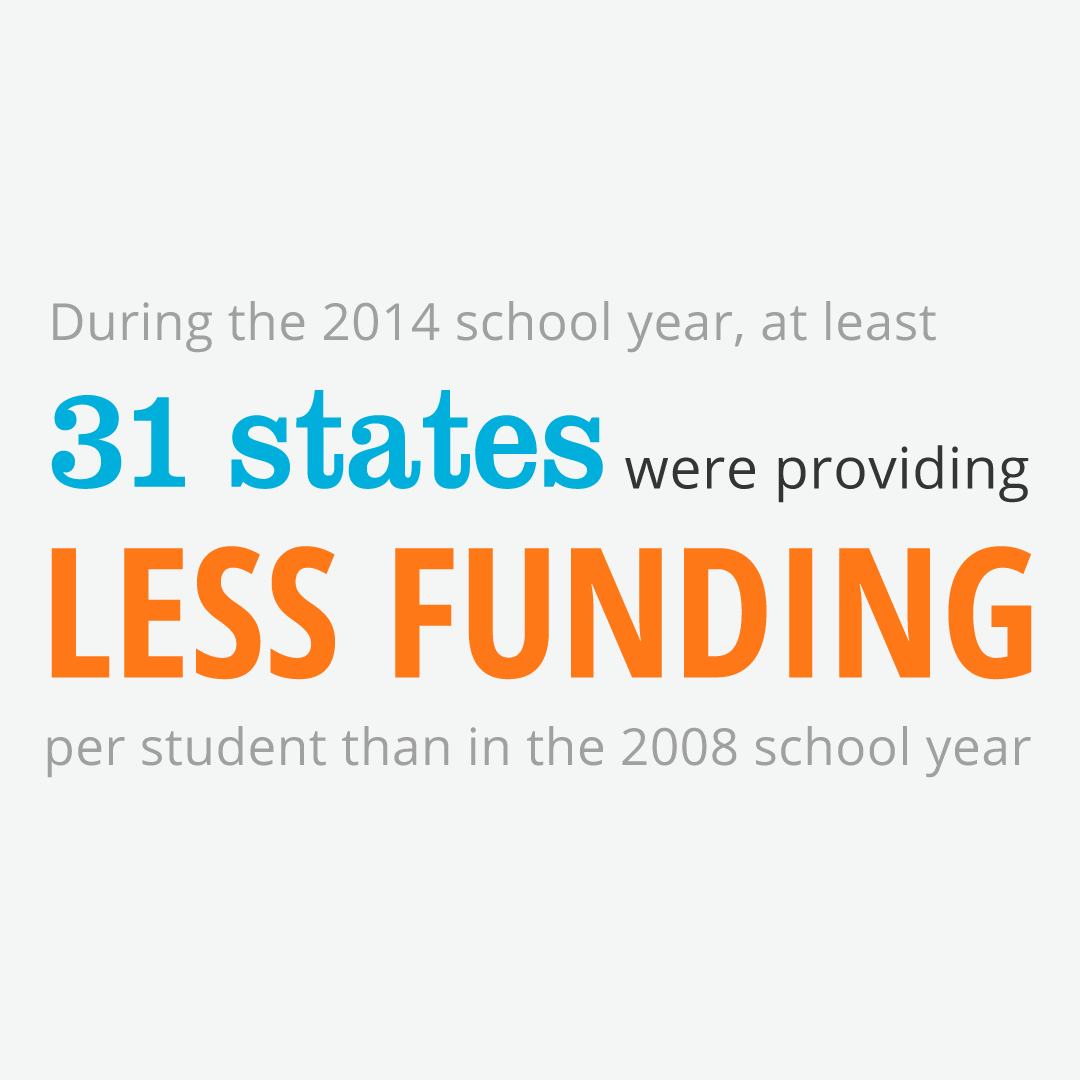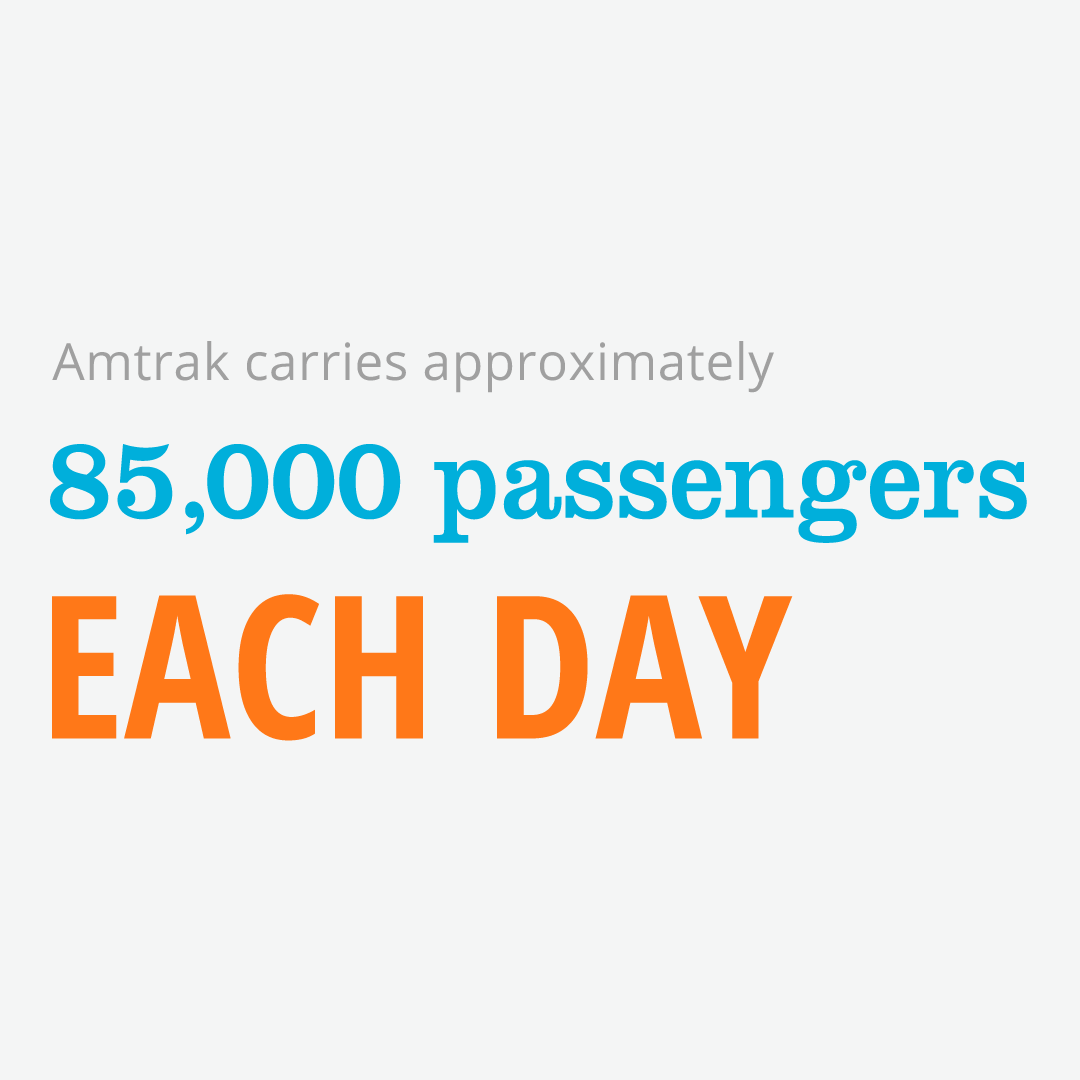Maryland’s infrastructure has certainly improved in the past few years, particularly its roads and bridges—which fare better than the national averages. In fact, bridges are among the best in the nation. However, challenges remain with aging systems and its dense population.
Today, the Maryland Section of ASCE released the 2020 Report Card for Maryland’s Infrastructure in a different fashion than other state report card releases. Instead of releasing the grades at a State Capitol, University, or behind a bridge with members of the public and the media crowding around with cameras awaiting on the grade unveiling, the press conference was held virtually – the first time ever for a State Report Card release. ASCE made the decision to hold a virtual, rather than physical press conference due to the risks posed by large gatherings during the current spread of the COVID-19 pandemic. ASCE holds paramount the health, safety, and welfare of the public.
Carrie Nicholson, Past-President of the Maryland Section and Chair of the Maryland Report Card kicked off the virtual press conference promptly at 10:00 a.m. EST and introduced Senator Ben Cardin (D-MD), who gave an update on COVID-19 and Congress’ role in prioritizing safety, stating “our number one priority is to keep Americans safe.” The Congressman then bridged into the importance of investing in our infrastructure to keep the economy moving. Additional speakers included Christine Ross, President and CEO of the Maryland Chamber of Commerce and Adam Ortiz, Director of Montgomery County Department of Environmental Protection.
Maryland’s infrastructure received a ‘C’ overall, a slight improvement from the ‘C-‘ in the 2011 Report Card. Transit received the lowest grade (D+), which is on par or above the national average, but requires needed investment in a system that supports a growing population that moves between D.C., Maryland, and Virginia for its daily commutes. Like many states, Maryland’s transit network faces a $2 billion maintenance backlog due to aging and outdated infrastructure. While Maryland continues to embark on planning efforts for transit improvements and expansions— such as the Purple Line, which is scheduled to open in 2022— there has been an eight-year constant decline in ridership, which is indicative of systematic issues from budget shortfalls to a lack of on-time performance between bus and rail programs.
Bridges, on the other hand, received the highest grade of a ‘B.’ Of Maryland’s 5,356 bridges, 5.1% are deemed structurally deficient, up from nearly 7% in 2012 and significantly higher than the national average of 8.4%. This jump was an improvement since 2011; however, 25% of Maryland’s bridges are over 60 years old and are threatened by scour due to rising sea levels on Maryland’s coasts.
The state has also taken steps to modernize its freight infrastructure and connections. As the 11th largest U.S. port by tons and 9th by dollar value of freight moved, the Port of Baltimore has been ranked as one of the most efficient ports by the Journal of Commerce three years in a row, further incentivizing businesses to go through the port. However, despite being a truck and rail dependent port, the Port of Baltimore is lacking dedicated truck routes and is in need of expanded rail access to reduce backups, each of which are complicated by challenges associated with expansion.
Additional points include:
- Since 2010, the Maryland Department of Environment has been upgrading its outdated stormwater management plan to include innovative solutions and management efforts. However, many of the state’s watersheds drain into the Chesapeake Bay, which has seen its water quality decline for decades. Water pollution treatment has not received the necessary funding to combat the decline.
- Wastewater has found innovative methods of funding to ensure all 67 of the state’s wastewater treatment facilities utilize enhanced nutrient removal (ENR) technology, including the Bay Restoration Fund (BRF) – a state grant funding program paid for by a $5 per household ”flush tax.” The BRF provides $75 million annually to Maryland’s wastewater treatment plants.
- Maryland’s 539 dams need attention. The grade decreased from a ‘C’ in 2011 to a ‘C-’ in 2020. Approximately 130 of those dams were built during the 1960s and 1970s with approximately 45% of dams considered to be high-hazard or significant hazard dams. In 2019, the Task Committee of the Association of State Dam Safety Officials estimated approximately $218 million is needed to repair these dams located and regulated in Maryland.
Recommendations to raise the grades include, but are not limited to, the following:
- Dedicate and fully fund state and/or federal programs/grants and/or low-interest loans for the rehabilitation and repair of high-hazard and structurally-hazard dams.
- Maryland is a national leader in sustainable watershed practices and resilient planning. Maintaining this edge will require extensive cross-collaboration among water and wastewater utilities and state and private infrastructure owners. Cross-collaboration can be incentivized with state grant funding.
- Continue with strategic infrastructure planning to help accommodate future population growth and increasing freight volumes. A holistic approach to the movement of people and goods will help ensure Maryland remains economically competitive and an attractive place to live well into the future.
- Incorporate the impacts of climate variations and storm events into the design, operation, maintenance, and expansion of all types of infrastructure to improve community resilience – reducing the time and extent that households, businesses, and critical services are affected during and after natural and man-made disruptions.
ASCE State and Regional Infrastructure Report Cards are modeled after the national Infrastructure Report Card, which gave America’s infrastructure a grade of ‘D+’ in 2017. To read the full report, go here.























































